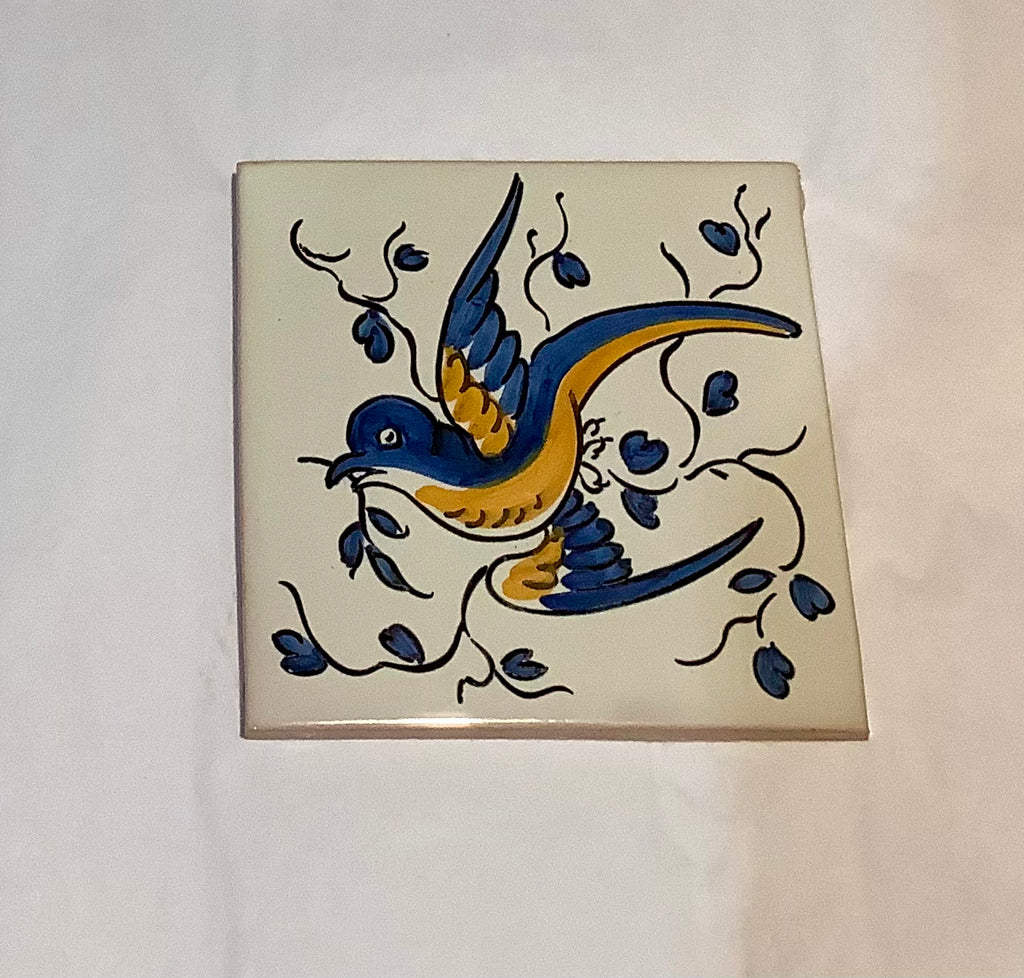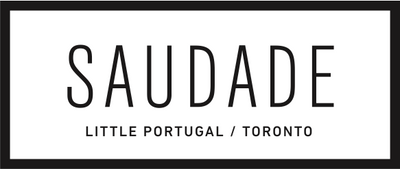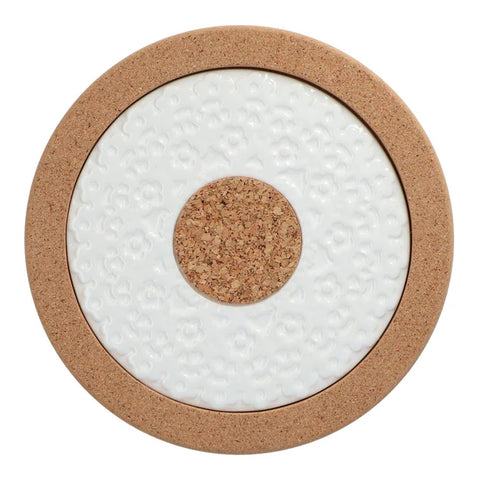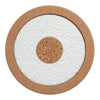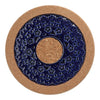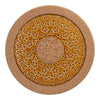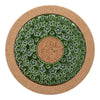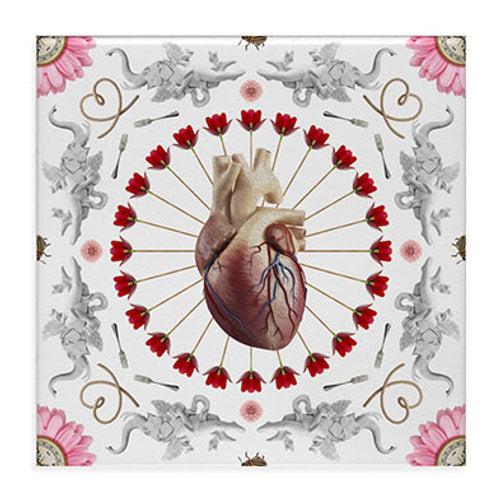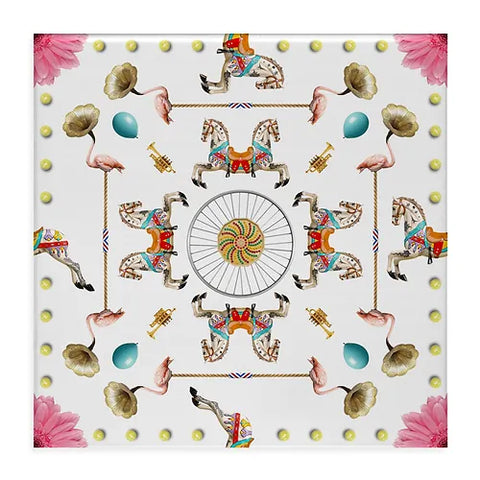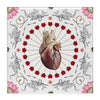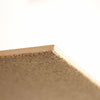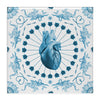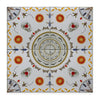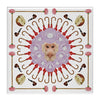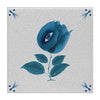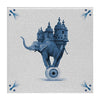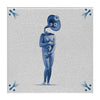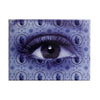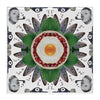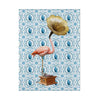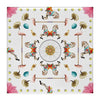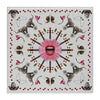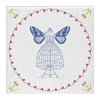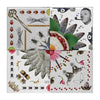Your cart is currently empty!
Viuva Lamego
Viuva Lamego - trivet/tile
$35.00
Viuva Lamego
Viuva Lamego - trivet/tile
$35.00
A factory in Intendente
Built between 1849 and 1865, the building which is located in Intendente
had the entirety of its façade decorated in figurative tiles, designed by
the factory’s artistic director, Ferreira das T abuletas, representing a
pioneering example of the use of tiles as a means of advertising. The
building, which is nowadays classified as a building of public interest, is
one of the most emblematic in the city, and is an ex-libris for 19th century
naive style tiles
Officially set up in 1849 by Antonio da Costa Lamego
Viúva Lamego (Widow Lamego), the woman who gave her name to the factory
Originally the pottery workshop of António Costa Lamego, it later
became a factory and adopted the name Viúva Lamego when António
Lamego’s wife took on its management, following the death of her
husband, in 1876.
1930
From clay to tile
Early on, the factory mainly produced utilitarian items made of red clay,
tiles in white clay and some earthenware. With the arrival of the 20th
century, the tile became Viúva Lamego’s main product, and by then it
was already a factory focused on artists, with working ateliers made
available to them. In the 1930s, the industrial arm was moved to Palma de Baixa.
In 1992 the factory was transferred to Abrunheira, in Sintra, where it is
still located. The building at Largo do Intendente is now open to the
public for the exhibition and sale of tiles.
2024
Preserving the legacy with an eye on the future
Our history is as much about fidelity to the past, with artisanal production
techniques, as it is about looking to the future, with the constant
development of new approaches and techniques, always focusing on Sustainability and innovation.
14x14cm
